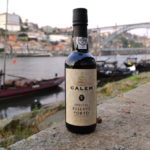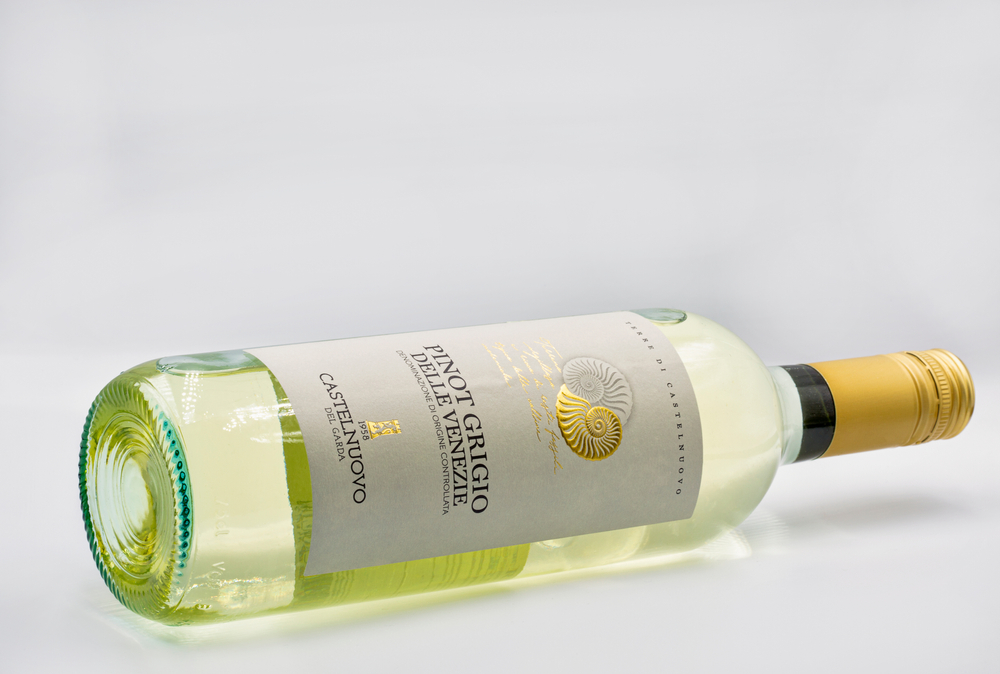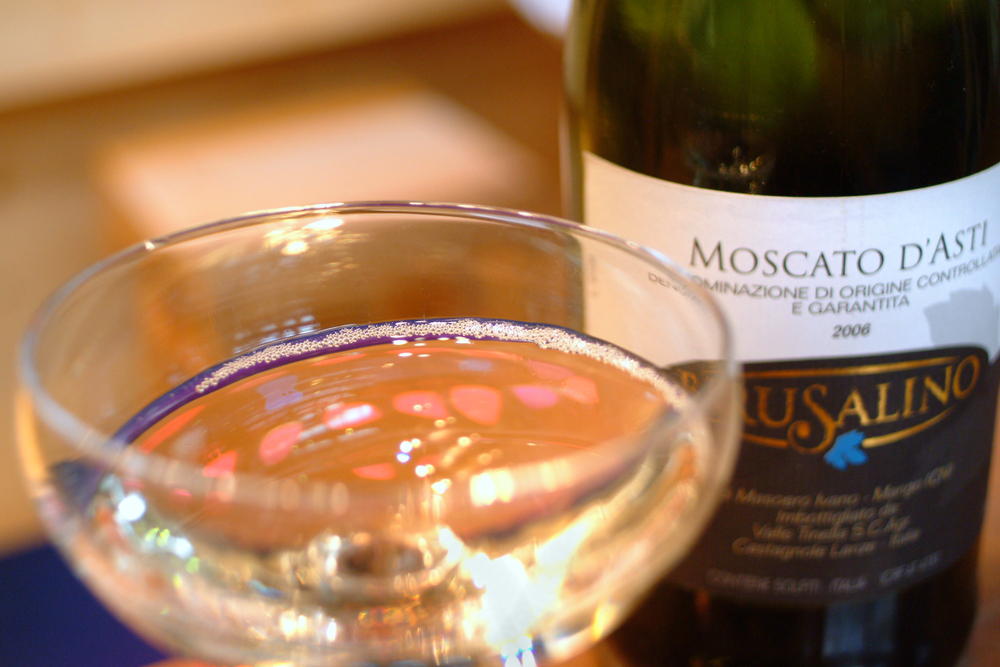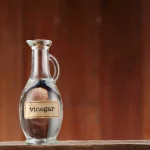Port is one of those wines that never fails to hit the spot. Rich, hearty, and flavorful, this dessert wine comes in many different types. There are said to be up to 52 varieties, which can be an intimidating number if you’re new to Port!
Learning about Port doesn’t have to be complicated. It comes in two main categories, Ruby and Tawny. In this article, we’ll cover what Port is, the differences between Ruby and Tawny Port, and how to identify one from the other.

What Is Port Wine?
Port is one of the most popular fortified wines in the world. It’s produced by adding extra alcohol to the wine while it’s fermented. As a result, the wine’s sugar levels are higher, tasting sweeter with a fruitier flavor.
Port is usually served as a dessert wine due to its sweetness, but it can be paired with certain main courses as well.
The Difference Between Ruby and Tawny Port
The main difference between Ruby and Tawny Port is their flavor and color.
Like their names, Ruby Port is ruby red in color, whereas Tawny Port is tawny brown. Flavor wise, Ruby Port has a sweet, fruity flavor, but Tawny Port is nuttier and caramel-like.
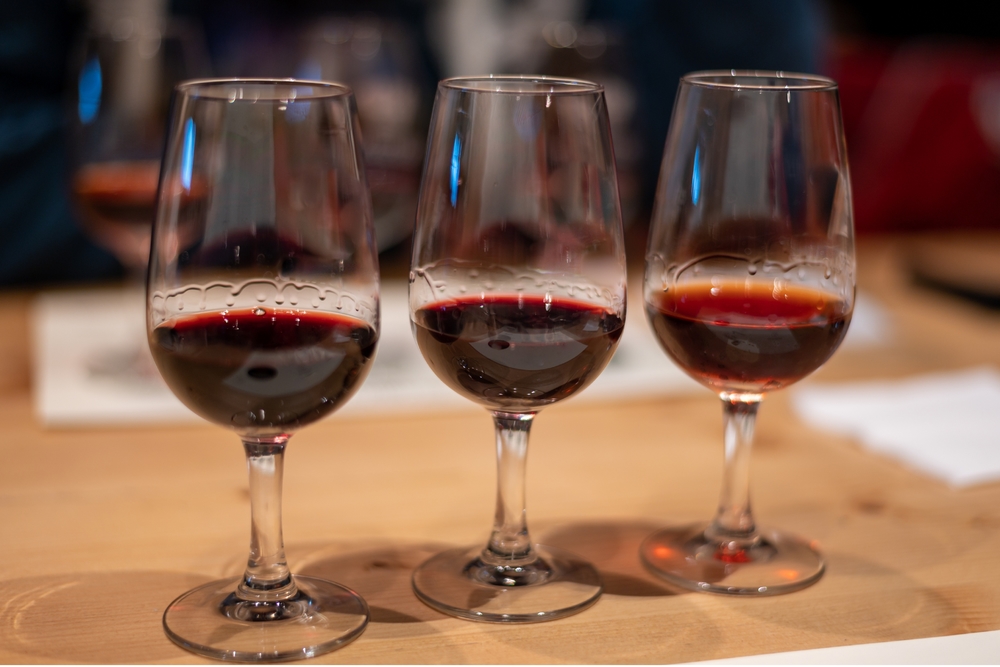
Both Wines Are Produced The Same Way
All types of Port, including Ruby and Tawny, are produced in the same way. To make Port, grapes are harvested, then fermented for a short amount of time.
Port producers use fermentation tools to take out as much color and flavor from the grapes as possible. Afterward, they add a grape spirit that is high in alcohol to the wine.
The alcohol stops the fermentation process, creating a highly alcoholic wine with extra sugars. After the Port is made, the wines are then delegated into either Ruby or Tawny varieties.
Aging Makes The Difference
Ruby Ports are aged for a short time, while Tawny can be aged for a longer time. Ruby needs to be aged in larger oak casks. Big oak casks keep the wine from contacting the oak and oxygen. The wine then keeps its vivid ruby color and fruity flavor.
Tawny ports are aged in smaller barrels. In these oak barrels, the wine has greater contact with oxygen and with the oak. The Port then changes to a brown color, becoming vaguely nutty in taste.
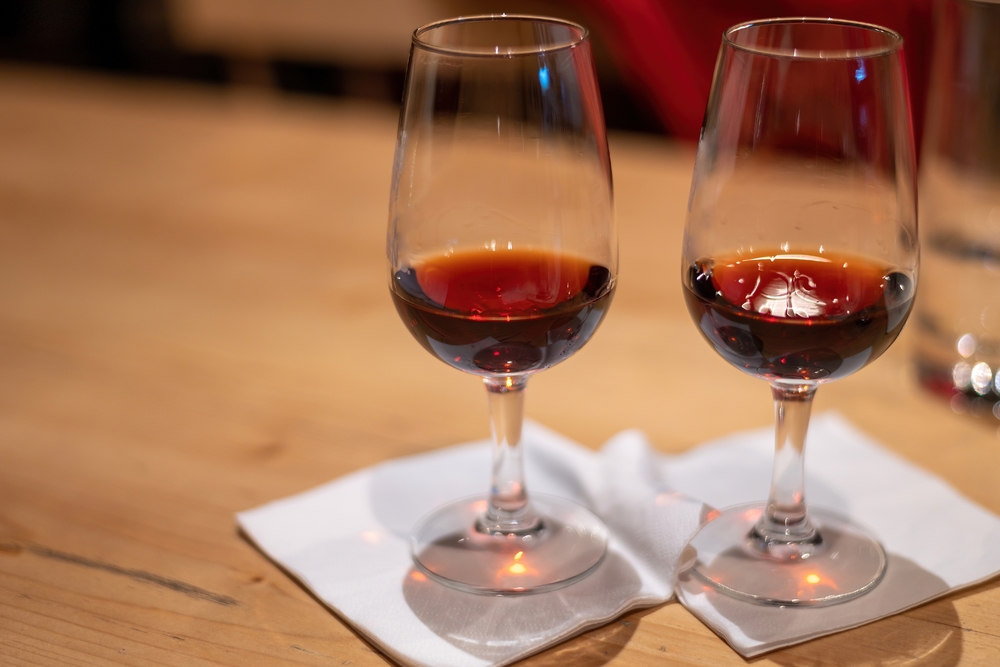
Special Ruby Ports
The majority of Ruby Ports should be drunk when they are young, but there are some special versions that you should look out for.
Reserve: These are Ruby Ports made with finer, quality vines. These are high-quality bottles that should be consumed while they are young.
Late Bottled Reserve: These bottles should be drunk while they are young, but they are aged for longer, ranging from 4-6 years.
Crusted: This is a rare type of Port that is bottled unfiltered. Over time, sediment starts to form in these bottles, so remember to decant before serving.
Vintage: Vintage Port is aged for half a year in an oak cask. After the aging process, it’s then aged in a bottle for a minimum of 20 years. Sediment can form in these bottles, so always decant beforehand.
Single Quinta: These are high-quality vintage ports produced from a single estate (called Quinta).
Crusted, Vintage, and Single Quinta are only bottled once they have aged in oak casks for 2 years. Before they are sold, the port remains in the bottles and is aged for several years.
As they are aged in bottles, The Port starts to develop flavors, making them fine, high-quality wines.
Special Tawny Ports
There are many types of Tawny Port. If you see a year on a Tawny Port, this shows the minimum age of the grapes that went into the bottle.
For example, if you have a Tawny 20 bottle, the grapes that made the wine will be 20 years old or older. Here are some Tawny Ports that you should look out for.
Colheita: The grapes in these bottles are harvested during that year.
Tawny 10: The grapes will be at least 10 years old. These have fruity raspberry flavors and cinnamon undertones.
Tawny 20: The grapes will be at least 20 years old. These have cinnamon undertones with caramel-like flavors.
Tawny 30: The grapes will be at least 30 years old. These are smooth, with vague nutty and caramel flavors.
Tawny 40: The grapes will be at least 40 years old. These are smooth and velvety. They have nuttier flavors compared to Tawny 30, along with butterscotch and vanilla undertones.
Tawny 10, 20, and 40 are aged in oak barrels which allow maximum contact with wood and oxygen. After the aging process, the tannins disband, leaving behind smooth wine with subtle and delicate flavors.
How To Serve Ruby and Tawny Ports
Ruby Port should be served around 60°F, which is just below room temperature. It’s best to serve it slightly chilled. Keep a bottle in the fridge, but remove it for around half an hour so it warms up before serving. If it’s too cold, you won’t taste the flavors.
Unless they are crusted or vintage bottles, most Ruby Ports don’t need to be decanted. Ruby Ports go well with full-flavored cheese and berries, so try a glass with Gorgonzola or chocolate with raspberry sauce.
Tawny Ports are best served cooler than Ruby Ports, around 50-58°F. Take a bottle out of the fridge and leave it for 15 minutes before serving. 10, 20 or 30 Tawny Ports don’t have to be decanted as they won’t have any sediment.
These wines go well with dry cheese, so pair a Tawny with an older goat’s cheese or cheesecake.
- Shrimp Cocktail (and More) Wine Pairing Guide - 09/06/2022
- What Wine Serving Sizes Look Like: Standard Size and More - 08/06/2022
- How Much Sugar is in Wine: Glass and Bottle Sugar Content - 08/06/2022

